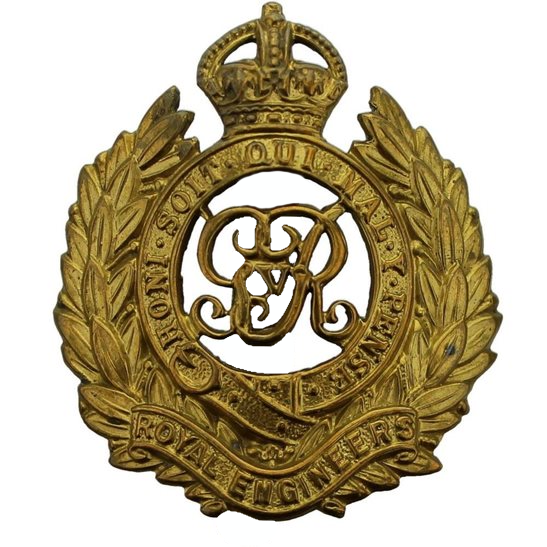Personal Details
Born: 27 November 1886 in Whitchurch, Shropshire and baptised on 17 December 1886 in St. Alkmund’s Parish Church, Whitchurch.
Family: He was the fourth child of seven born to Stephen Charles Evans, a rural postman, and his wife Sarah Harriet. He married Elizabeth Davis on 11 April 1916 and became father to Florence Mary the daughter of Elizabeth from her previous marriage.
Residence: In 1891 the Evans family was living in St Johns Street, Whitchurch, Shropshire. By 1901 the family had moved to 14 Brownlow Street, Whitchurch. In 1911 Walter was in India with the King’s Shropshire Light Infantry and in 1912 had been transferred to the Reserve and was living at 30 Egerton Road, Whitchurch. In 1919 he was living at 243 West Street, Crewe and was still residing here in 1939.
Employment: In 1901 he was an ironmonger’s errand boy. By 1905 he was working as a farm labourer but then enlisted in the Army. After leaving the army in 1912 he worked for London and North Western Railway Co. In 1939 he was working as a labourer for Crewe Town Council.
Died: Not known
Military Details
Regiment: Royal Engineers (previously King’s Shropshire Light Infantry)
Rank: Private
Service Number: 366575 (previously 7896)
Date of Enlistment: 23 January 1905
Date of Discharge: 22 March 1919
Reason for Discharge: Demobilisation
Other Information: In December 1910 he was the subject of a Regimental Court Martial for being drunk whilst being on guard and for leaving his post without orders. He was found guilty and was put under detention for 28 days and fined 10 shillings. In 1912 he was transferred to the Reserve, but recalled at the start of the war in 1914. On 22 April 1918 he received a gunshot wound to the abdomen.
Walter was awarded the Campaign Medals (1914 Star with clasp and roses, British War medal and Victory medal)

The 1914 Star (also known as 'Pip') was authorised under Special Army Order no. 350 in November 1917 and by an Admiralty Fleet Order in 1918, for award to officers and men of the British and Indian Expeditionary Forces who served in France or Belgium between 5 August and midnight of 22–23 November 1914. The former date is the day after Britain's declaration of war against the Central Powers, and the closing date marks the end of the First Battle of Ypres.
The 1914–15 Star (also known as 'Pip') was instituted in December 1918 and was awarded to officers and men of British and Imperial forces who served against the Central European Powers in any theatre of the Great War between 5 August 1914 and 31 December 1915. The period of eligibility was prior to the introduction of the Military Service Act 1916, which instituted conscription in Britain.
The British War Medal (also known as 'Squeak') was a silver or bronze medal awarded to officers and men of the British and Imperial Forces who either entered a theatre of war or entered service overseas between 5th August 1914 and 11th November 1918 inclusive. This was later extended to services in Russia, Siberia and some other areas in 1919 and 1920. Approximately 6.5 million British War Medals were issued. Approximately 6.4 million of these were the silver versions of this medal. Around 110,000 of a bronze version were issued mainly to Chinese, Maltese and Indian Labour Corps. The front (obv or obverse) of the medal depicts the head of George V. The recipient's service number, rank, name and unit was impressed on the rim.
The Allied Victory Medal (also known as 'Wilfred') was issued by each of the allies. It was decided that each of the allies should each issue their own bronze victory medal with a similar design, similar equivalent wording and identical ribbon. The British medal was designed by W. McMillan. The front depicts a winged classical figure representing victory. Approximately 5.7 million victory medals were issued. Interestingly, eligibility for this medal was more restrictive and not everyone who received the British War Medal ('Squeak') also received the Victory Medal ('Wilfred'). However, in general, all recipients of 'Wilfred' also received 'Squeak' and all recipients of The 1914 Star or The 1914/1915 Star (also known as 'Pip') also received both 'Squeak' and 'Wilfred'. The recipient's service number, rank, name and unit was impressed on the rim.

